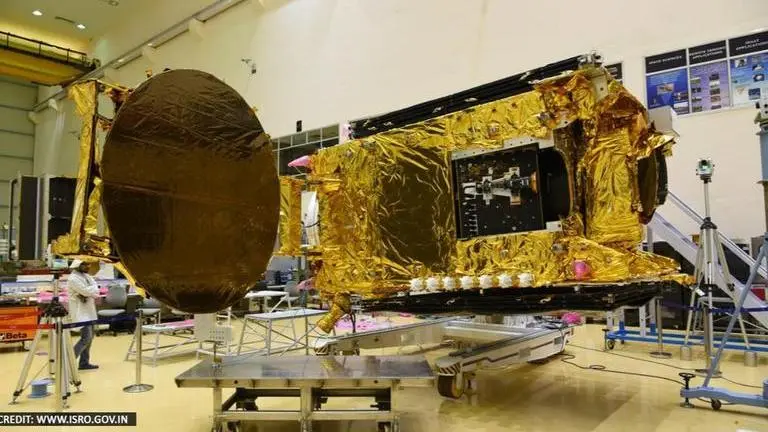Updated 13 January 2020 at 22:22 IST
ISRO's upcoming GSAT-30 satellite set to expand Indian DTH services beyond South Asia
ISRO's GSAT-30 will help expand coverage of Indian DTH to a larger audience in Asia, which means Indians settled abroad can enjoy desi DTH services in Gulf
- India News
- 2 min read

India is all set to launch the flagship communication satellite GSAT-30 onboard Ariane 5, a European heavy-lift launch vehicle, from the French Guiana on January 17, Indian Space Research Organization (ISRO) said on Monday. This satellite will help expand the coverage of Indian DTH (Direct-to-Home) to a larger audience in Asia, which means Indians settled abroad can enjoy Indian DTH services. This satellite will be India's first launch of this decade.
ISRO said the GSAT-30 is to serve as a replacement to INSAT-4A spacecraft services which had a limited coverage area. INSAT-4A’s usage of the Ku-band and C-band is how DTH operators like TataSky, Airtel TV, Dish TV and others provide services to customers in India. The GSAT-30 will provide Indian mainland and islands coverage in Ku-band and extended coverage in C-band covering Gulf countries, a large number of Asian countries and Australia, according to ISRO.
Launch of communication satellite, #GSAT30 onboard Ariane-5 launch vehicle from Kourou launch base in French Guiana is scheduled at 0235 Hrs of January 17, 2020 (IST). Read more at https://t.co/i8319iiG0x pic.twitter.com/dSsYU9shAV
— ISRO (@isro) January 13, 2020
What are Ku and C bands?
Geo-stationery satellites that orbit Earth at the altitude of over 35,000 km above the equator are used for transmission of television channels. Satellite transmission of television channels is usually done using two types of bands – C band with frequencies ranging from 4.0 to 8.0 gigahertz and Ku Band with frequencies ranging between 12 to 18 gigahertz.
Advertisement
Mission life of 15 years
The 3,357 kg GSAT-30 is said to have a mission life of 15 years wherein it will be an operational communication satellite for DTH, television uplink and VSAT services. The satellite is a successor of the INSAT/GSAT satellite series. INSAT-4A was launched in 2005 and designed to last 12 years, however, its advanced tech allowed it to serve for fifteen years.
Advertisement
Published By : Digital Desk
Published On: 13 January 2020 at 22:22 IST
